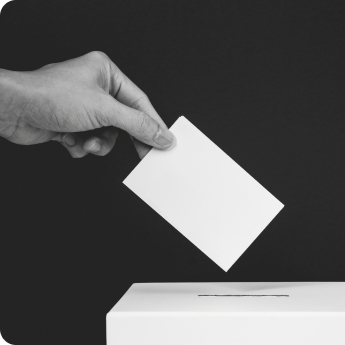Press Releases
BREAKING: New Committee Report Finds Rampant Fraud in PPP
WASHINGTON, D.C. – A new report out this afternoon from the House Subcommittee on the Coronavirus Crisis presents a comprehensive analysis of the myriad flaws and failings of Trump’s Paycheck Protection Program (PPP).
The program, which was intended to offer payroll support to struggling small businesses during the COVID-19 crisis, was quickly overrun with fraud and abuse due to its poor design and implementation. With little transparency to speak of, the PPP allowed wealthy, well-connected companies to cash in — sometimes double- and even triple-dip into its funds after accessing other CARES Act relief — while hundreds of actual mom-and-pop businesses were boxed out of accessing aid altogether.
The report comes on the heels of a new New York Times piece posing a grim path forward for many small businesses now that federal aid has largely been used up and the crisis continues to rage.
“It is hardly surprising that each passing week brings additional evidence of waste, fraud, and abuse in the Paycheck Protection Program. The Trump administration failed to design and implement a program that would help actual small businesses and their workers. Instead, they cut corners and kept the American people in the dark. In the end, the wealthy and well-connected were showered with our tax dollars and fraudsters took advantage of the troubling lack of transparency."
Kyle Herrig, president of Accountable.US
KEY POINTS FROM THE REPORT:
- The Small Business Administration And The U.S. Treasury Department Approved Hundreds Of PPP Loan Applications That Had ” Incomplete Or Missing Identifying Information,” Including “Missing Names And Addresses.” “SBA and Treasury Approved Hundreds of Loan Applications Missing Key Identifying Information About the Borrower. These PPP loan applications were approved despite incomplete or missing identifying information on the loan applications, including missing names and addresses.” [Select Subcommittee on the Coronavirus Crisis Memorandum, 09/01/20]
- Despite A Business Being Required To Be In Operation On February 15, 2020, To Be Eligible For A PPP Loan, The Small Business Administration And The U.S. Treasury Department Approved At Least 121 Loans To Businesses Started After This Date. “To be eligible for a PPP loan, entities had to be in operation on February 15, 2020. Select Subcommittee staff identified 121 PPP borrowers that received PPP loans even though the company started business after February 15, 2020, according to their SAM registration. These findings suggest SBA and Treasury may not have used publicly available SAM data to validate information on PPP loan applications.” [Select Subcommittee on the Coronavirus Crisis Memorandum, 09/01/20]
- Nearly 11,000 PPP Loans Totaling Over $1 Billion Went To Borrowers Receiving Multiple Loans Despite SBA Guidance Stating, “‘Individual Business Entities Cannot Apply For More Than One Loan’ Under PPP.” “Under SBA’s program guidance, ‘individual business entities cannot apply for more than one loan’ under PPP. However, the Select Subcommittee has raised concerns about a vulnerability in SBA’s loan processing system that caused many businesses to receive duplicate PPP loans. Staff analysis of loan-level data has heightened these concerns. This analysis identified 10,856 loans in which the same borrower received multiple loans, for a total of over $1 billion in outstanding loans.” [Select Subcommittee on the Coronavirus Crisis Memorandum, 09/01/20]
- Government Contractors That Had Been “Previously Flagged By The Federal Government For Performance Or Integrity Issues” Received 353 PPP Loans Valued At Approximately $195 Million. “Staff found that SBA approved 353 PPP loans, amounting to approximately $195 million, to government contractors previously flagged by the federal government for performance or integrity issues.” [Select Subcommittee on the Coronavirus Crisis Memorandum, 09/01/20]
Accountable.US has been tracking the Trump administration’s flawed distribution of relief dollars to the wealthy and well-connected rather than those who need assistance most. Learn more at COVIDBailoutTracker.com.
